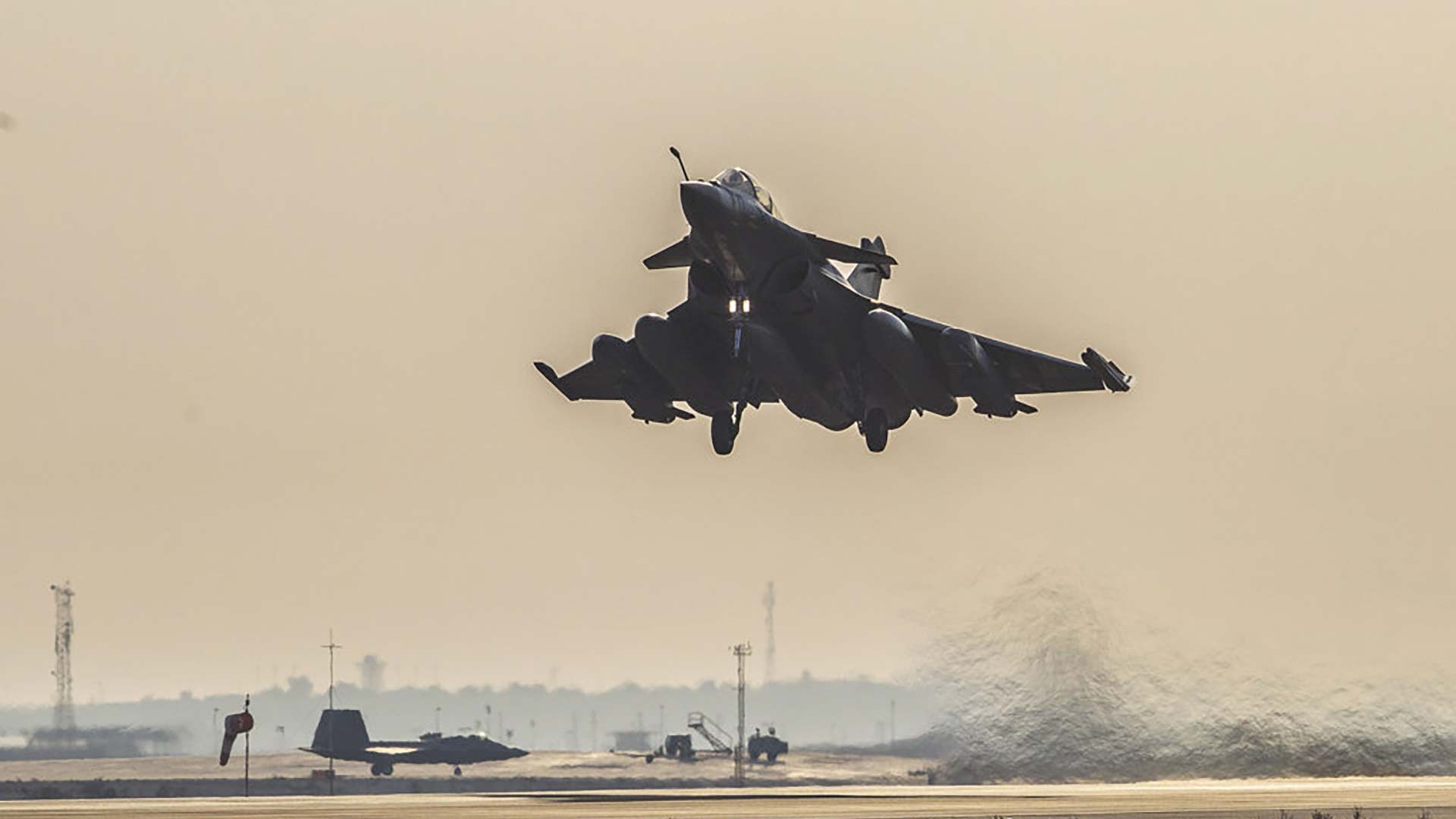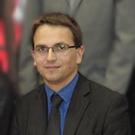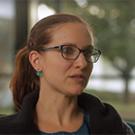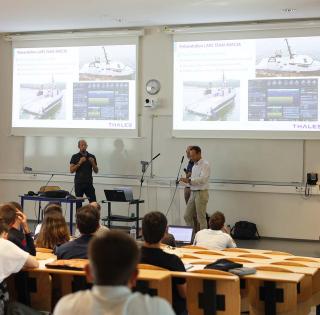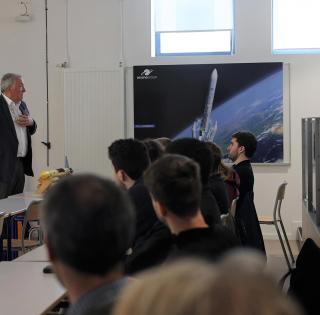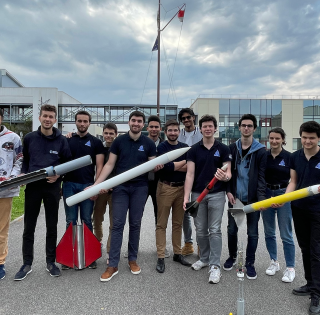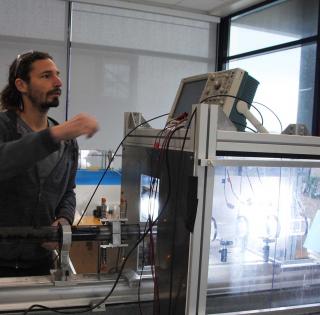
Engineers graduating from this major are able to design propulsion systems and pyromechanisms for aerospace or military applications. They are also able to study the reactions of structures undergoing dynamic stresses such as impacts and explosions.
• Shock waves and detonation
• Combustion
• Digital methods
• Self-propulsion
• etc.
The courses in this major equip students with the theoretic framework they require to understand pyrotechnic phenomena.
The exposure of pyrotechnic substances such as explosives, powder and propellants to high temperatures generates pressures which have an explosive effect on the surrounding area in generally very short periods of time.
Students develop skills in designing mechanical systems that can withstand these specific physical conditions while also learning about regulations, security and risk management.
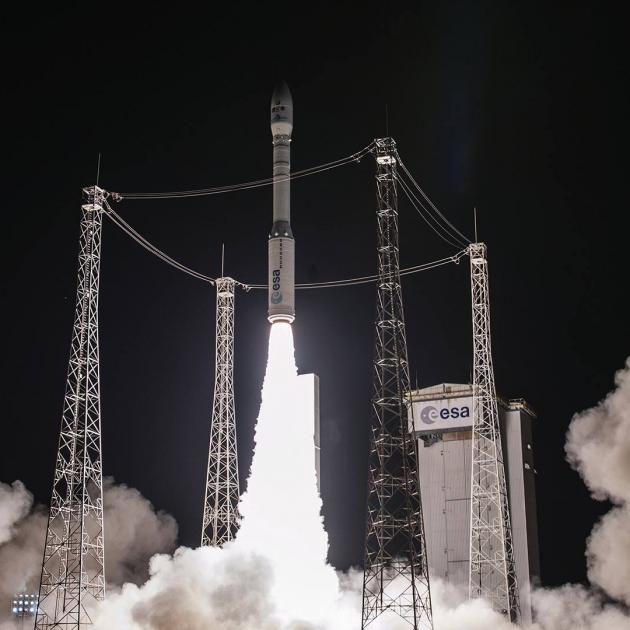
Alongside this major, students can take the "Engineering Sciences" Master’s degree, "Air and Ground Transportation" major, "Combustion" elective, awarded by ENSMA and the University of Poitiers.
This major in pyrotechnic systems mainly prepares students for careers in such industrial sectors as aerospace, defense, information & communications technology, motor vehicles, pyromechanisms and industrial risk prevention.
On campus, a research team, based at the IRDL laboratory, studies the effects of pyrotechnical phenomena and their reactions in different environments (projects include reducing the effects of underwater explosions with bubble curtains and shock wave attenuation by aqueous foam). The campus boasts a tremendous range of test facilities, such as Split-Hopkinson pressure bars, shock tubes and a gas gun for Taylor impact testing.
ENSTA Bretagne is the only engineering school in France to teach a pyrotechnics course encompassing the full range of knowledge on energetic materials and the design of propulsion systems.
| Target Careers | Activity Sectors |
|---|---|
|
|
Examples of end-of-study projects by students majoring in Pyrotechnic Systems
- Digital nonstationary simulation of combustion in a ramjet
- Optimization of explosion-resistant structures
- Study of the inflammability and explosiveness of aluminum and titanium alloy powders dispersed in the air
- Design of a multi-effect "flash-bang" grenade in feasibility phase






